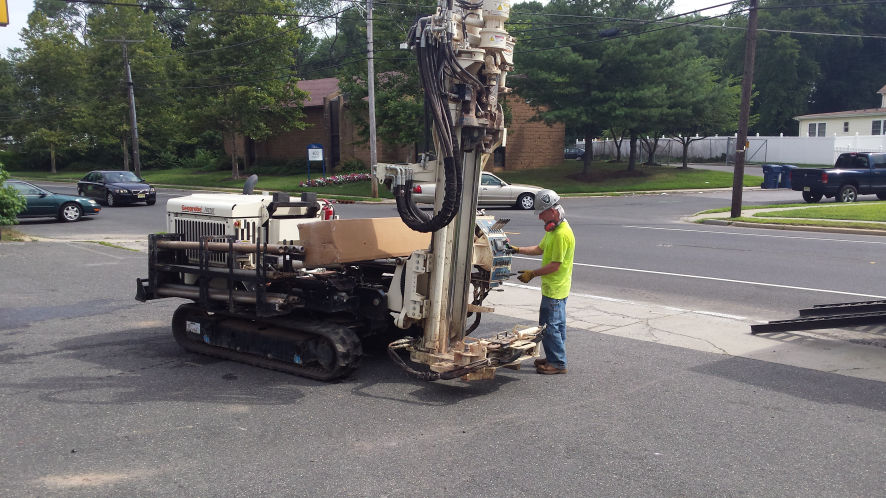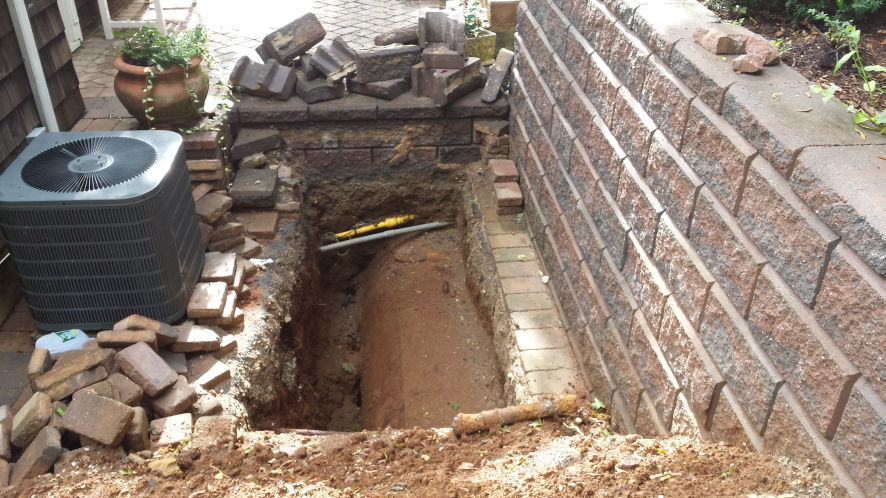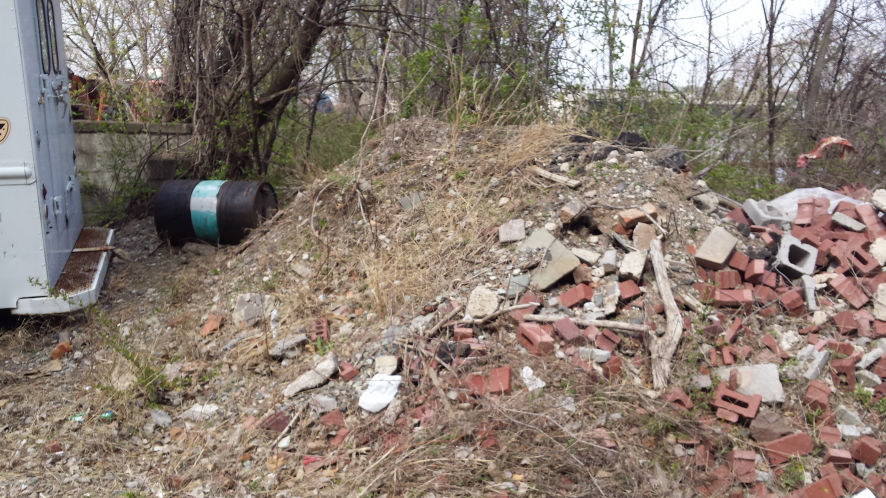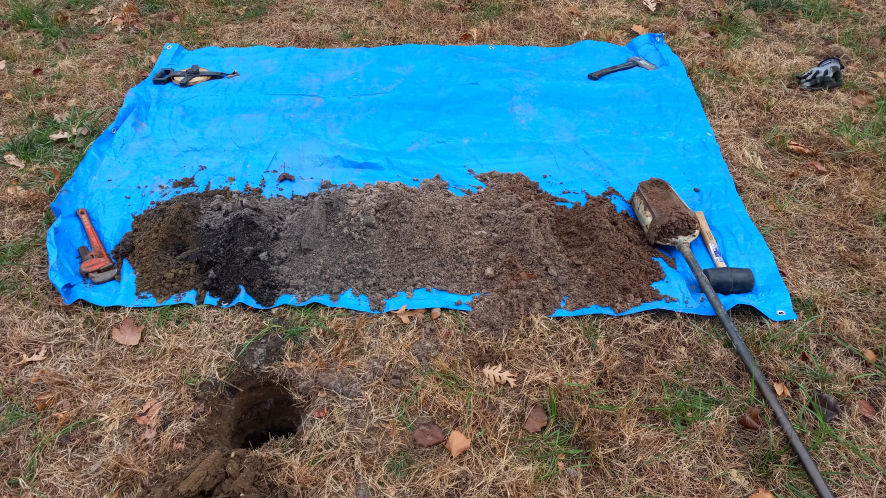
Geotechnical Investigations
(732) 291-5030
We investigate underground soil and water conditions for engineering purposes.

We investigate underground soil and water conditions for engineering purposes.
What is a Geotechnical Investigation?
Geotechnical investigation is a practice in which the underground conditions of a site are evaluated to understand the stability of the land. It is to determine if the site is suitable for building. A property with poor underground conditions can be very expensive to build on.
In the most general terms, a geotechnical investigation serves assurance that a builder is able to move ahead with a building project without concern of serious ground settlement or the requirement to install an expensive foundation design because of a soft clay layer or some other weak underground condition. A piece of land can look fine on the surface, but weak underground conditions could be below the surface causing settlement of a structure rendering it uninhabitable or requiring an expensive fix.
There are three basic stages to a geotechnical investigation. And these are: a preliminary investigation, a detailed investigation, and an investigation called foundation recommendations. A preliminary investigation is the initial investigation on a parcel of land.
A geotechnical investigation is completed by drilling boreholes on the site or subject property. Soil samples are collected at various depths in the boreholes. The soil samples are classified. And through the classification and inspection of the soil samples, an understanding of the subsurface conditions emerges. Some of the soil samples collected from the boreholes are sent to a laboratory for laboratory analysis such as grain size analysis, or permeability.
Once again, through the understanding of the type of soil or rock that exists below the surface on the property allow designing of a foundation that will be suitable for that particular property.
The main purpose of a geotechnical investigation is to understand underground conditions so a stable foundation may be designed and installed with the ultimate idea of structure stability and prevention of settlement. The weakest type of soil to build on would be something like peat, or soft clay. The strongest type of soil to build on is rock.
The focus of a Geotechnical Investigation is on the soil profile below the surface, groundwater elevation, and in-situ test results (tests done in the field while doing soil borings). An example of an in-situ test would be a soil penetration test. A soil penetration test determines the soil bearing capacity of a soil profile. All the information gathered from the soil borings is summarized into a geotechnical investigation.
Soil Bearing Capacity
Tulmark is not an engineering or architectural company. However, what we do is obtain underground information for engineers and architects so they may design foundations and buildings.
Knowing underground soil profile conditions determines the suitability of the soil to support a structure. For example, an Architect or Structural Engineer knowing that soft clay is below the ground surface can allow the designer to design a structure that will not settle. Understanding the underground soil profile conditions can provide information that will prevent serious problems in the future. The Leaning Tower of Pizza built in 1173 legendary for its accidental tilt is a perfect example of not understanding underground soil profile conditions.



